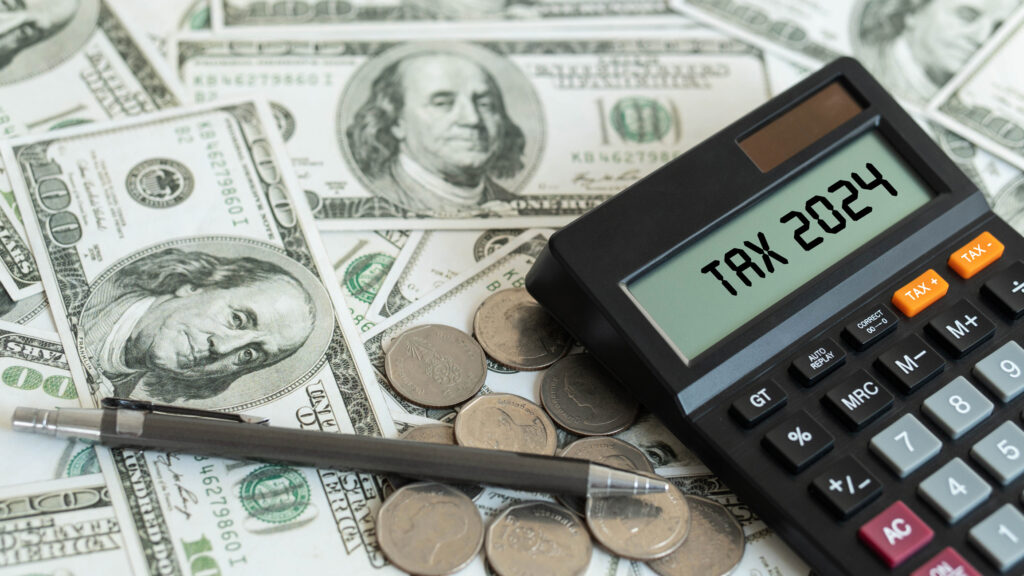“There is an endless flood of gloomy books and newspaper articles creating an absurdly false impression that the 1970s were the good old days while the period from 1983 to 2006 has only been good for the top 1 percent,” says Alan Reynolds, author of Income and Wealth, released late last year. “After 35 years of reading such nonsense, I decided not to let it go unanswered.”
His answer came out in Income and Wealth and continues to emerge in weekly columns that can be found under Reynolds’ bio on the Cato Institute Web site (http://www.cato.org/people/reynolds.html).
Reynolds interrupted his formal economics education in 1971 when William F. Buckley asked him to become economics editor and writer for National Review. Since then Reynolds has worked in the public and private sectors, including for Wall Street investment advisors Argus Research, the First National Bank of Chicago, Hudson Institute, Office of Management and Budget, and National Commission on Tax Reform and Economic Growth.
Reynolds has written for most major newspapers and magazines and produced a book about the Microsoft antitrust case.
Dunn: Do you think the income numbers commonly reported are fair and accurately portray the economic status of Americans?
Reynolds: Well, the word “fair” is not important; accuracy is the goal. If income is not adjusted to include transfer payments and exclude taxes, for example, disparity arguments are not properly framed. My book explains how nearly all data about relative income and living standards can be misleading if not fully understood.
Dunn: What do you think of the concept of analyzing income differences on the basis of consumption?
Reynolds: I deal with that issue in Chapter 8 of the book. Annual income is a snapshot, but life is a motion picture. What people are able to buy is clearly the most reasonable way to measure economic well-being over time.
Welfare services and transfer payments, including the earned income tax credit, are not accounted for in the data used by those who assert the income disparities keep getting wider. Consumer spending among the poorest fifth of households, for example, is routinely twice as large as their yearly income, as income is usually measured.
Dunn: How would you say Income and Wealth differs from other books about the issue of income disparities in America?
Reynolds: This is a serious look at the numbers. I tried to carefully show, with well-explained sources, that what some people say about income disparities is not true. It is a textbook-level book, but I tried to make it fun to read, with plenty of links, footnotes, graphs, and tables.
I made sure that my facts are easy to check, which is another reason the book can be distinguished from many sources that are long on opinion and short on credible information. I let the facts be the important content, allowing readers to form their own opinions.
My book contains many quotes from the press and academics and then uses statistics to show why many frequently repeated assertions are simply not true, such as the claims that wages have stagnated for decades, the middle class has been shrinking, mobility between income groups has diminished, or the top 1 percent collect 16 percent of all income.
Dunn: Has the term “working poor” become a canard?
Reynolds: Not quite, but a majority of the poor do not work at all (including the retired and disabled), and very few work full time all year. The “working poor” are extremely rare, making the phrase almost fraudulent.
Many political proposals to deal with poverty start from the false premise that low incomes are usually due to low wages, rather than no wages.
Dunn: A decade or more ago Robert Rector of The Heritage Foundation did extensive work showing the poor in America have a good quality of life. How does your book deal with that phenomenon, the relative prosperity of the poor in America?
Reynolds: The table in Chapter 4 shows the economic status of the poor in 2001 was the equivalent of the average household in 1971, or better.
For example, 71 percent of the poor had air conditioning in 2001, compared with just 32 percent of all households in 1971.
Dunn: Do you have a position on transfer payments and political policies intent on redistributing wealth and guaranteeing everyone a certain economic status?
Reynolds: I try in my book to show no preference or judgement on such issues. I try to give people information that will help them decide. I arm the reader with information, and I hope that they don’t give a hoot about my opinion.
Of course there is something in the book about incentives, since taking money from Smith to give to Jones will discourage both.
Dunn: What is the most important issue discussed in your book?
Reynolds: I think the most important issue discussed in my book is the hysteria about the rich getting richer and the poor getting poorer. That’s not true. Since about 1988, credible measures of the inequality of income, wealth, or consumption have not changed significantly.
The pie is getting bigger for nearly everyone who works and also for many who don’t (such as retired people relying on investments).
My book deals with numerous assertions of increasing disparities or wage stagnation, and answers the arguments with facts. The facts support my position that the American economy is not becoming more inequitable and the American citizen is generally prospering and benefiting.
I rely on the Census Bureau, Federal Reserve Board, and other objective sources to show that most of these statements about the unfairness and oppressiveness of the American economy are simply not true.
Dunn: What about economic opportunity and mobility?
Reynolds: I wrote the section of Chapter 8 on upward mobility partly because of a 1995 New York Times series and book, Class Matters, which used dubious sources to insinuate that “mobility seems to have stagnated.”
Those who read those articles would never guess that the main source cited in the lead article, Gary Solon of the University of Michigan, disagrees there is any evidence that it is any harder than it ever was to rise from a low income to a higher income. A rising tide still lifts all boats, but you have to be willing to get in a boat and grab an oar.
When we use annual income data to describe people as rich or poor, we are often talking about the same people at different stages of life. Young people fresh out of school do not earn nearly as much as they will have after gaining experience, raises, and promotions. Retired people who have paid off their mortgages may not earn (or need) nearly as much as they did while they were at their peak earning years and putting children through college.
It takes many years to accumulate financial assets, so wealth as it is commonly measured is heavily concentrated among the old. But “the wealthy” is a different group of old people each generation, because the young don’t stay young forever.
The introduction to my book questions zero-sum reasoning, such as Paul Krugman saying, “If the rich get more, that leaves less for everyone else.” The founders of Google did not become billionaires at anyone else’s expense. If they had not created Google, the income and wealth from that creation would not exist.
Likewise, Steve Jobs, the CEO of Apple, did not become wealthy because of his $1 a year salary, but because he reinvigorated that company so well that its stock rose from about $15 to $80, benefiting Mr. Jobs and all other shareholders. His gains did not come at the expense of workers or consumers, but from other shareholders in his company (who gained too).
Dunn: What do you see as the most innovative parts of the book?
Reynolds: The end of Chapter 4 is probably the most novel and important contribution. Estimates ostensibly showing a rising share of income going to the top 1 percent are taken from tax returns, but what is reported as income on tax returns depends heavily on tax rates and tax rules, which have changed dramatically since 1986.
The most widely cited statistics also leave out a third of personal income, which alone raises the top 1 percent’s share by 50 percent. Aside from that fatally flawed data, there is no evidence of a significant and sustained increase in inequality since 1988.
Second place goes to the second chapter, “Work Matters.” It discusses the often-ignored but undeniable truth that work is the way to prosperity. There are nearly six times as many full-time workers in the top fifth of households, for example, as there are in the bottom fifth.
The chapter also shows that a big share of income differences are because young singles earn less than mature couples, college grads earn more than high school dropouts, and two-earner families earn more than no-earner families. Because wages tend to rise faster than inflation while transfer payments do not, the median income of two-earner families has grown much more rapidly than the median income of no-earner families who mainly rely on transfer payments such as SSI, Medicaid, food stamps, etc.
Dr. John Dunn ([email protected]) is a member of the American Council on Science and Health’s Scientific and Policy Advisory Board and an emergency physician in Fort Hood, Texas.



